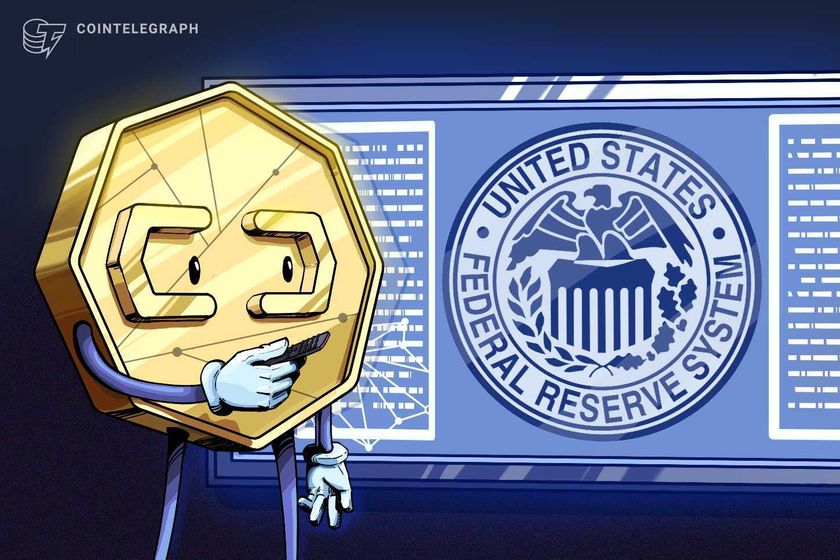“Pasticcino” Luigi Montanini, the first F1 Chef
Barilla Group
Now in his 70s, Luigi Montanini has finally been recognized for his seminal role in Italian pasta history.
This year, Barilla, the world’s largest pasta producer, announced a new multi-year partnership with Formula 1 (F1) acknowledging Montanini’s contributions by making him the face of its most recent ad campaign, Tastes Like Family.
About fifty years ago, long before major sporting events like the U.S. Tennis Open and NFL Super Bowl were celebrated for creative culinary drawing foodie fans to stadiums, Luigi Montanini became the accidental chef of a Formula 1 racing team.
Affectionately known as Pasticcino (a nickname from his youth), Montanini began serving pasta—a cherished staple of Italian cuisine whose origins trace back to the Etruscans—to the drivers, mechanics, and engineers in the paddocks.
He never dreamed he would be cementing his humble culinary legacy in the world of racing.
The Making Of An Accidental F1 Chef
Entrance to the Ferrari museum in Maranello, Italy
getty
The town of Maranello, which lies just south of Modena in the region of Emilia Romagna, is the home of automotive giant Ferrari. Also, the birthplace of its legendary founder, Enzo Ferrari, it is home to the Musei Ferrari, where racing fans can view Formula 1 cars up close.
In the past, cold sandwiches had traditionally fueled most racing teams. But Enzo Ferrari believed that “technicians work well if they eat well.”
So Ferrari asked Pasticcino, a pastry maker from Modena, to follow and feed his team, Scuderia Ferrari, now considered the oldest and most successful F1 racing team in history.
For twelve years, cooking with only a handful of pots on a two-burner camping stove, the chef prepared simple hot pasta dishes paired with his wife Ada’s home-cooked sauce. The setting was makeshift, with meals often eaten on car hoods and folding chairs.
“Formula 1 has always been a world of rivalry and competition,” says Paolo Barilla, Vice Chairman of the BariIla Group and a former F1 driver, in a press release announcing the partnership. Twenty-four F1 races now take place across multiple countries with drivers representing different national flags.
But much like the tradition of “Domenica Italiana” (which often includes Sunday dinners with family and friends), Montanini’s plates of pasta brought opponents together.
“They’d come to me as if they were arriving at their mother’s house,” he says. “They sat down. For a while, the track, the rivalry, the competition —all of it disappeared.”
Today, Italy leads the world in both pasta consumption and pasta production, and pasta dishes continue to unite Italian families and friends around the world. This beloved food is also one of Italy’s most popular exports.
Visiting Emilia Romagna? A Chance To Taste Pasticcino’s Pasta
Tagliatelle al ragu, long, flat egg pasta with a meat sauce or Bolognese sauce
getty
Years after serving as the first F1 chef for the Ferrari team, Luigi Montanini also cooked for Flavio Briatore’s Benetton team.
But the chef eventually returned to his roots, opening his own restaurant, Da Pasticcino, in the small town of Castelnuovo Rangone (in the province of Modena). The restaurant is less than a 15-minute drive from the Ferrari Museum.
Serving typical Modenese cuisine, Da Pasticcino is currently rated #1 by TripAdvisor among the 37 restaurants located in Castelnuovo. The extensive menu of traditional fare includes more than a dozen pasta dishes, including iconic ones like tagliatelle and tortelloni. The white truffle menu is sure to tempt the taste buds of food enthusiasts.
In addition to tasting the chef’s cuisine, diners can see Pasticcino’s collection of historic photos and articles on the walls documenting his role in F1 racing.
Vintage photo of F1 mechanics/engineers eating pasta
The Barilla Group
Source: https://www.forbes.com/sites/irenelevine/2025/09/22/the-story-of-pasticcino-how-luigi-montanini-became-f1s-first-chef/



